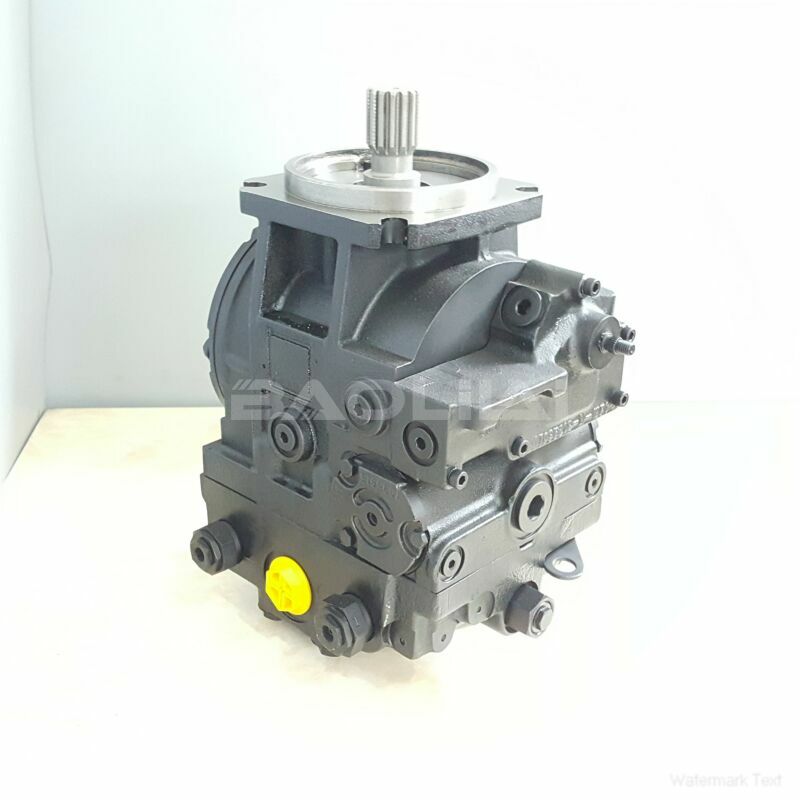90R180KA5BC80SCC8H03NNN212124 sauer danfoss pump
90R180KA5BC80SCC8H03NNN212124 sauer danfoss pump

- Product Details
- Applicable Scene
When entering the world of hydraulics, understanding hydraulic pumps is crucial. These pumps are responsible for converting mechanical energy into hydraulic energy, making them essential in various industrial, construction, and agricultural applications. This guide will help you grasp the basics of hydraulic pumps, their types, components, and applications.
90-R-180-KA-5-BC-80-S-C-C8-H-03-NNN-21-21-24
90R180KA5BC80SCC8H03NNN212124
Understanding Hydraulic Pumps

80002984
Hydraulic pumps operate by moving hydraulic fluid through a system, creating pressure that can be used to perform work. They play a vital role in systems that require force and motion, such as hydraulic machinery, vehicles, and equipment.
Types of Hydraulic Pumps
There are several types of hydraulic pumps, each suited for different applications. The main types include:
Gear Pumps: These are simple, robust pumps that use gears to move fluid. They are often used in low-pressure applications and are known for their reliability and efficiency.
Vane Pumps: These pumps feature vanes that slide in and out of a rotor. Vane pumps provide a smoother flow and are ideal for medium-pressure applications.
Piston Pumps: Piston pumps utilize cylindrical pistons to move fluid and are capable of generating high pressures. They are commonly used in heavy-duty applications.
Lobe Pumps: These positive displacement pumps use lobes that rotate to move fluid. Although not as common in hydraulic systems, they are useful for transferring viscous materials.
Components of Hydraulic Pumps
To understand how hydraulic pumps work, it’s essential to know their primary components:
Pump casing: The outer structure that houses the internal components and fluid being pumped.
Drive mechanism: This can be a motor or another mechanical source that provides the necessary power to operate the pump.
Fluid inlet and outlet: These openings allow the hydraulic fluid to enter and exit the pump.
Rotating elements: Gear, vanes, or pistons that create the movement of fluid.





